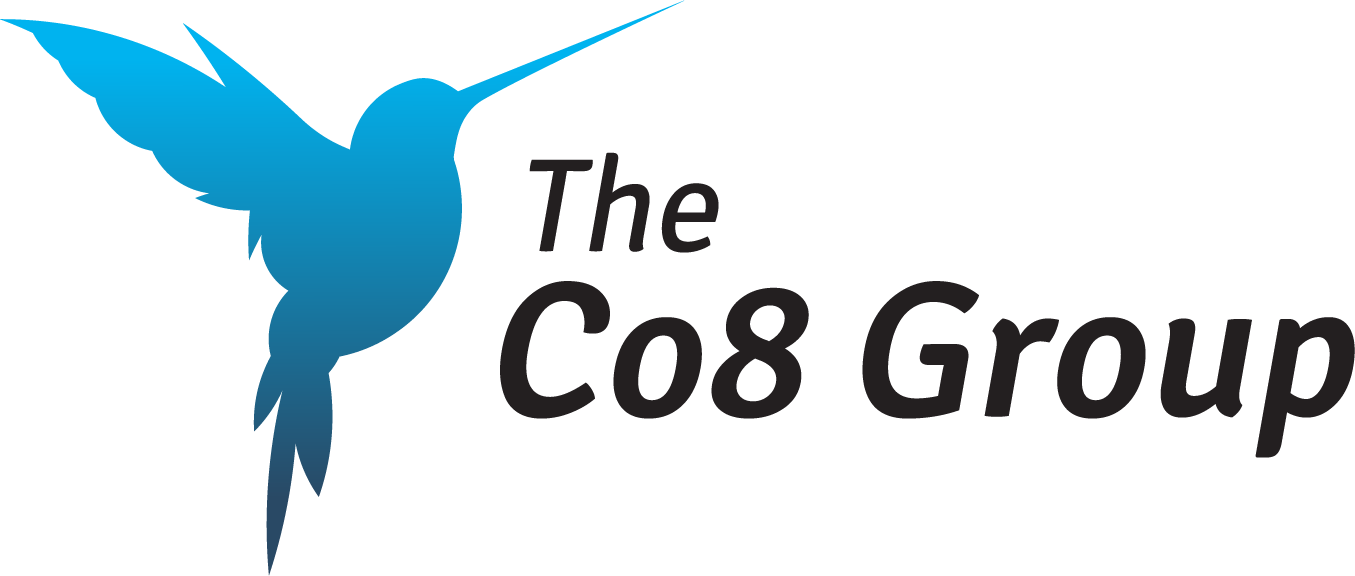The Unlikely Benefits of Design Thinking
Design Thinking has emerged as a powerful framework to help organizations innovate and deliver more value to customers. Many organizations are now integrating design thinking seamlessly at different junctures of project planning and execution. As such, additional benefits are emerging and something quite fundamental is being rediscovered: how to communicate and collaborate effectively with each other.
When engaging in design thinking activities, many teams benefit from a facilitator - and this is where the magic happens. Experienced facilitators create a safe space for participants to feel heard, a space where participants can share divergent viewpoints, engage in constructive disagreements and emerge with powerful outcomes. Turns out... these attributes are prerequisites for effective communication and collaboration, which are in turn the cornerstone of innovation. Without healthy communication and healthy conflict, little innovation can take place!
If facilitators help us communicate effectively, what happens after the facilitator leaves? How might teams develop the ability to self-facilitate and achieve similar results on their own?
Central to design thinking are core communication skills such as active listening, empathy (the ability to step in someone else’s shoes) and the ability to synthesize different viewpoints. This is why Design thinking lends itself to practicing effective communication skills.
With this in mind, when planning your next design thinking workshop, ask your facilitator to build into the workshop a few activities to help participants develop an explicit awareness of these skills and a chance to practice them mindfully.
Roger Schwarz has written extensively on the Mutual Learning Mindset. Building on his work, here are some core skills teams can practice:
Adopting a mindset that all perspectives are legitimate and deserve to be understood
Active listening: Ability to summarize or paraphrase what others have said
Probing for understanding: Asking clarifying questions
Transparency: Sharing motivation and all relevant information
Voicing a different perspective by saying “I see it differently” and explaining why
Team members know they communicate effectively when they can represent each other’s perspective, especially when they don’t agree with it. This way of communicating can then become a working agreement for teams.
It is worth noting that effective communication leads to effective decision-making, because solutions meet a wider range of needs and gain wider support. Necessary trade-offs are made from a deeper understanding and by being able to speak to them, stakeholders are more likely to support the decision.
As we focus on methodologies to innovate, let’s build time to practice how we communicate. We might be surprised by our teams’ resiliency, creativity and ability to integrate diverse perspectives!
